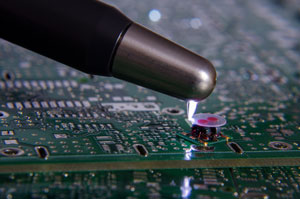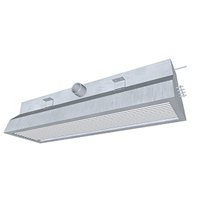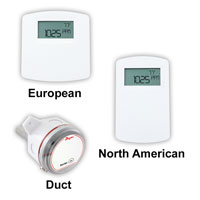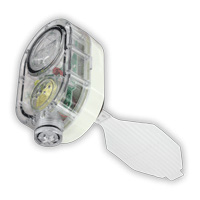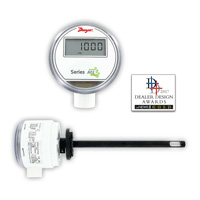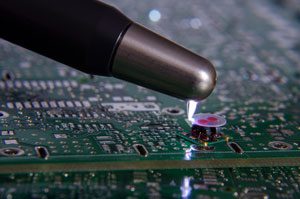 At one point or another we have all been exposed to some form of an electrostatic discharge (ESD) event, even something as simple as walking across a carpeted space, touching a door knob, and receiving an unexpected jolt. These types of events are very common in instrumentation applications. Today we will discuss what ESD is, the effects it has on instrumentation, and the steps that Dwyer Instruments has taken to prevent damage to sensors susceptible to these events. Continue reading “What is electrostatic discharge and how can it be prevented?”
At one point or another we have all been exposed to some form of an electrostatic discharge (ESD) event, even something as simple as walking across a carpeted space, touching a door knob, and receiving an unexpected jolt. These types of events are very common in instrumentation applications. Today we will discuss what ESD is, the effects it has on instrumentation, and the steps that Dwyer Instruments has taken to prevent damage to sensors susceptible to these events. Continue reading “What is electrostatic discharge and how can it be prevented?”
Chilled Beam Systems
 The primary goal of HVAC technology is to determine the most effective approach to heat/cool the interior of commercial sized buildings. One of the most effective ways of achieving this goal is through the use of chilled beam systems. Continue reading “Chilled Beam Systems”
The primary goal of HVAC technology is to determine the most effective approach to heat/cool the interior of commercial sized buildings. One of the most effective ways of achieving this goal is through the use of chilled beam systems. Continue reading “Chilled Beam Systems”
How Barometric Pressure Affects Carbon Dioxide Readings

As standards become stricter for monitoring indoor air quality (IAQ) it is important to understand that the readings from your instrumentation are correct and accurate. When monitoring carbon dioxide levels for on-demand ventilation, it is imperative that you account for barometric pressure as it can create a false sense of accuracy when controlling an HVAC system. Continue reading “How Barometric Pressure Affects Carbon Dioxide Readings”
What is Radon, and Why are We Testing for it in Our Homes?
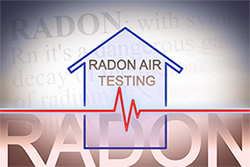 For anyone who has recently purchased or sold a home, they may have noticed a radon inspection clause in the purchasing agreement. What is radon, and why are we testing for it in our homes?
For anyone who has recently purchased or sold a home, they may have noticed a radon inspection clause in the purchasing agreement. What is radon, and why are we testing for it in our homes?
Radon is an odorless, colorless gas that is naturally released into the environment as a decay byproduct of radium. Radium is a decay byproduct of uranium which can be found in certain types of rock, soil, or water. Some areas have higher concentrations of radon due to the soil composition which leads to additional testing for radon. Continue reading “What is Radon, and Why are We Testing for it in Our Homes?”
Understanding Air Velocity Sensors
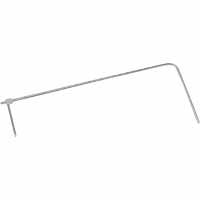
Dwyer Instruments, Inc. offers a multitude of sensors for monitoring air velocity in HVAC systems. Some of this instrumentation has a simple construction (Pitot tubes, for example) while others are more complex, such as hot-wire anemometers.
The initial term and first “hot-wire anemometer” was developed back in 1914 by Louie Vesso King. He is also accredited for King’s Law, which mathematically describes heat transfer in air flows using a heated wire. As the air moves over the wire, it causes a loss of temperature in the wire and removes some of the wire’s heat energy. Continue reading “Understanding Air Velocity Sensors”

